A Dental Pro’s Unfiltered Guide to Foods That Wreck Your Smile
I’ve spent a long time in the dental field, and if there’s one thing I’ve learned from looking into thousands of mouths, it’s this: your diet writes a story on your teeth. Patients are always asking me for a list of “bad” foods, but honestly, it’s not about forbidding things. It’s about understanding what’s actually happening inside your mouth when you eat.
In this article
Once you get the “why,” you can make smarter choices without feeling like you’re on a joyless diet. Think of this as the chat we’d have in the dental chair, just with a bit more time to get into the nitty-gritty.
Your oral health is basically a constant tug-of-war. On one side, you have things that damage your teeth. On the other, you have things that protect and repair them. Knowing the players in this battle is the first step to making sure the good guys win.
The Daily Battle in Your Mouth: Acid vs. Saliva
Before we name names, let’s talk about two key processes: demineralization and remineralization. They sound technical, but the concept is super simple.

Your tooth enamel is the hardest stuff in your body, but it has an Achilles’ heel: acid. When your mouth becomes acidic—either from the food itself or from bacteria eating sugar and producing acid—minerals get stripped away from your enamel. That’s demineralization, and it’s the very beginning of a cavity.
But your body has a superhero: your saliva. It’s amazing, really. It rinses away food, neutralizes acid, and, most importantly, it’s loaded with minerals like calcium and phosphate. When the coast is clear of acid, your saliva puts those minerals back into your enamel. That repair process is called remineralization.
Trouble starts when the acid attacks happen more often than the repair sessions. Every time you eat or drink something sugary or acidic, you kick off an “acid attack” that can last for 20 minutes or more. If you’re constantly snacking or sipping, your teeth are under siege for hours with no time to heal.

The Obvious Villains (With a Twist)
We all know candy isn’t great for our teeth, but some types are way worse than others. Sour candies, for example, are what I call a “perfect storm” for dental destruction.
The Sour Candy Double-Whammy
Sour candies are uniquely terrible because they hit your teeth with two attacks at once. First, they are intensely acidic all on their own. To give you some perspective, we measure acidity on a pH scale where 7 is neutral (like pure water). Your enamel starts to dissolve around a pH of 5.5. Many sour candies have a pH of 3.0 or even lower—that’s as acidic as lemon juice! They start eroding your enamel on contact, no bacteria required.
Second, they’re packed with sugar, which the bacteria in your mouth feast on to produce… you guessed it, more acid. It’s a direct acid hit followed by a prolonged acid party. And since they’re often chewy, they stick in the grooves of your teeth for ages.
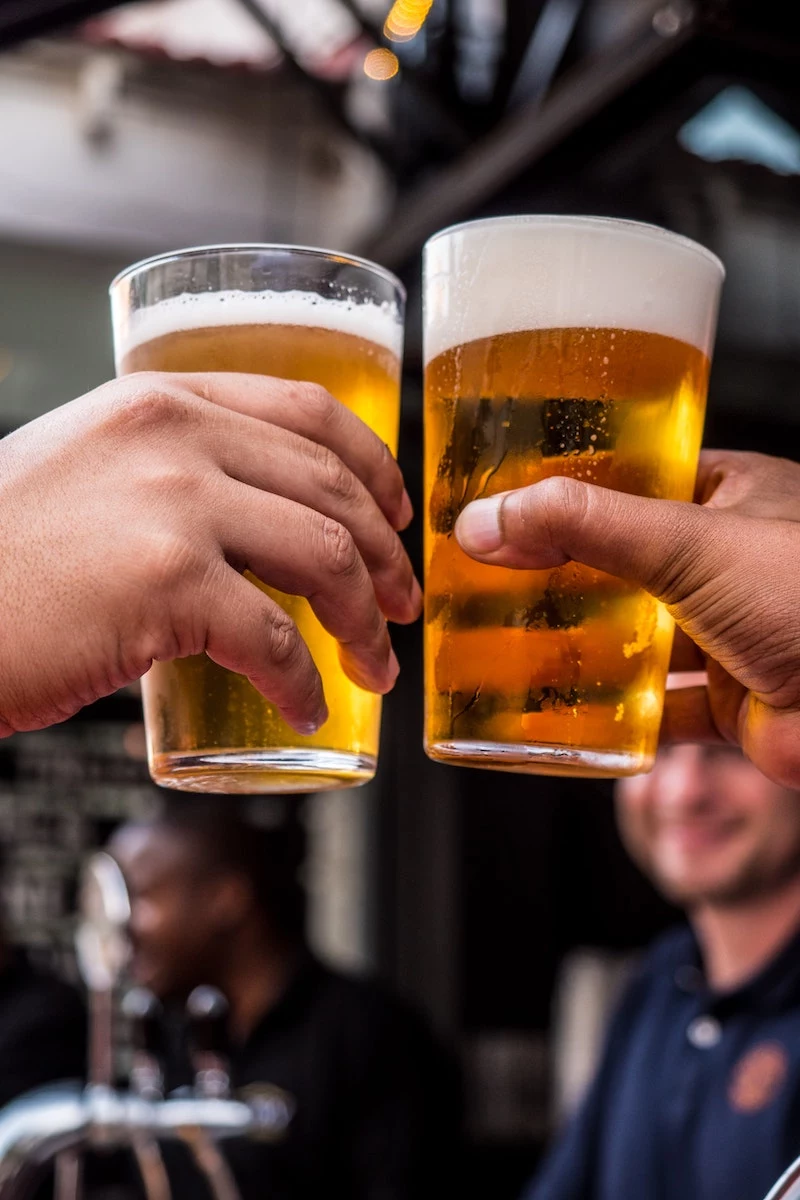
I once had a 16-year-old patient who had a daily sour gummy worm habit. The damage was shocking. The chewing surfaces of his back teeth were visibly cupped and worn down. It wasn’t just cavities; it was classic acid erosion. We had to get him on a serious recovery plan, including a prescription-strength fluoride toothpaste and in-office fluoride varnish treatments every few months to stop the damage in its tracks.
A Pro’s Advice: If you’re craving something sweet, chocolate is a surprisingly better option. It dissolves more quickly and doesn’t cling to your teeth. Dark chocolate is even better since it has less sugar. The best move? Eat sweets right after a meal when saliva production is already high, then swish with plain water afterward. And a heads up: wait at least 30-60 minutes before brushing. Brushing immediately after an acid attack can actually scrub away the softened enamel.
The Hidden Damage in Your Drinks
What you sip can be just as bad as what you chew, often worse. People don’t realize they’re bathing their teeth in a damaging solution for hours on end.
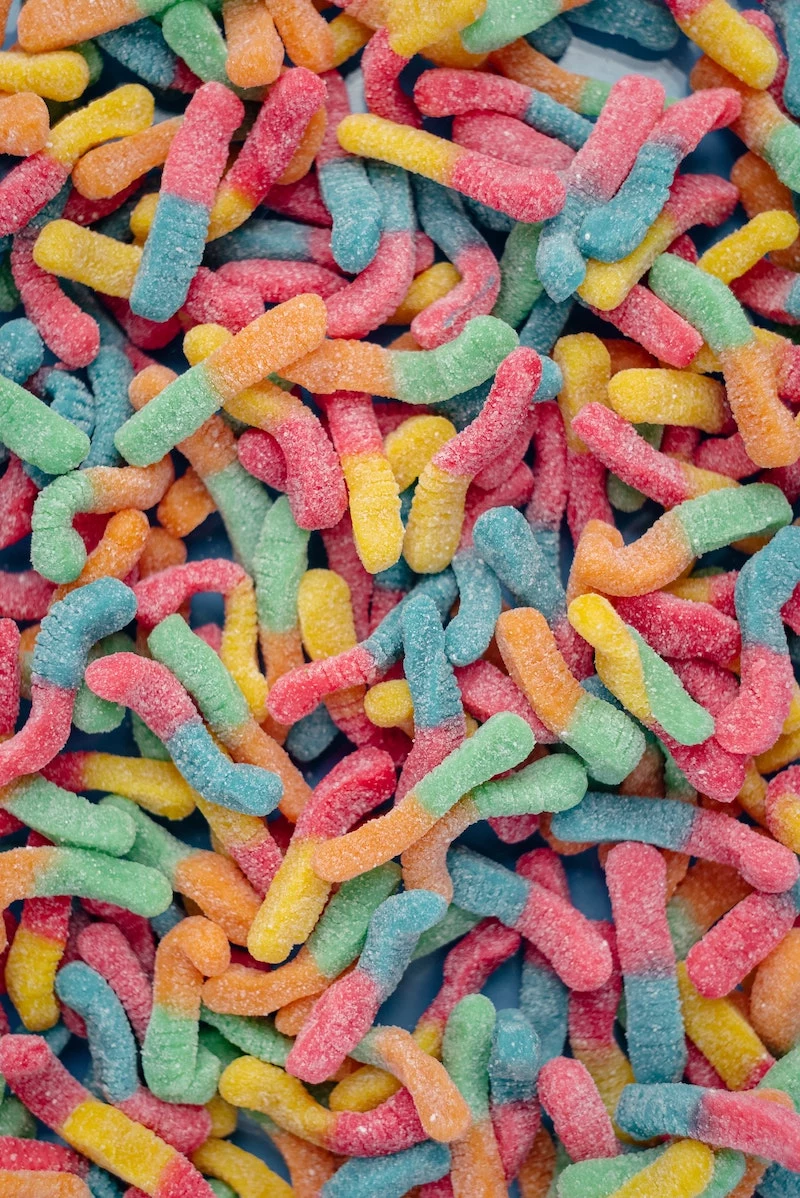
Soda, Sports Drinks, and the “Healthy” Bubbly Water
Soda is public enemy number one. A standard can of cola has nearly 10 teaspoons of sugar. But diet soda isn’t a free pass. All carbonated drinks, including diet versions, contain acids (like phosphoric, citric, and carbonic acid) that give them their fizz and bite. These acids erode enamel directly.
And it’s not just soda. Sports drinks and energy drinks are often even worse, with massive amounts of sugar and an extremely low pH to make them shelf-stable. People think they’re a healthy choice for hydration, but from a dental standpoint, they’re a disaster.
So what about those zero-sugar sparkling waters? They’re definitely better than soda, but they are still acidic due to the carbonation. Sipping on them all day long isn’t harmless; it can contribute to enamel erosion over time. It’s all about frequency.
Let’s put it in perspective. A regular cola has around 10 teaspoons of sugar and a pH of about 2.5—incredibly acidic. An energy drink can have even more sugar with a similar pH. Even a seemingly innocent choice like orange juice has a pH around 3.5. Remember, that’s way below the 5.5 danger zone for your enamel.
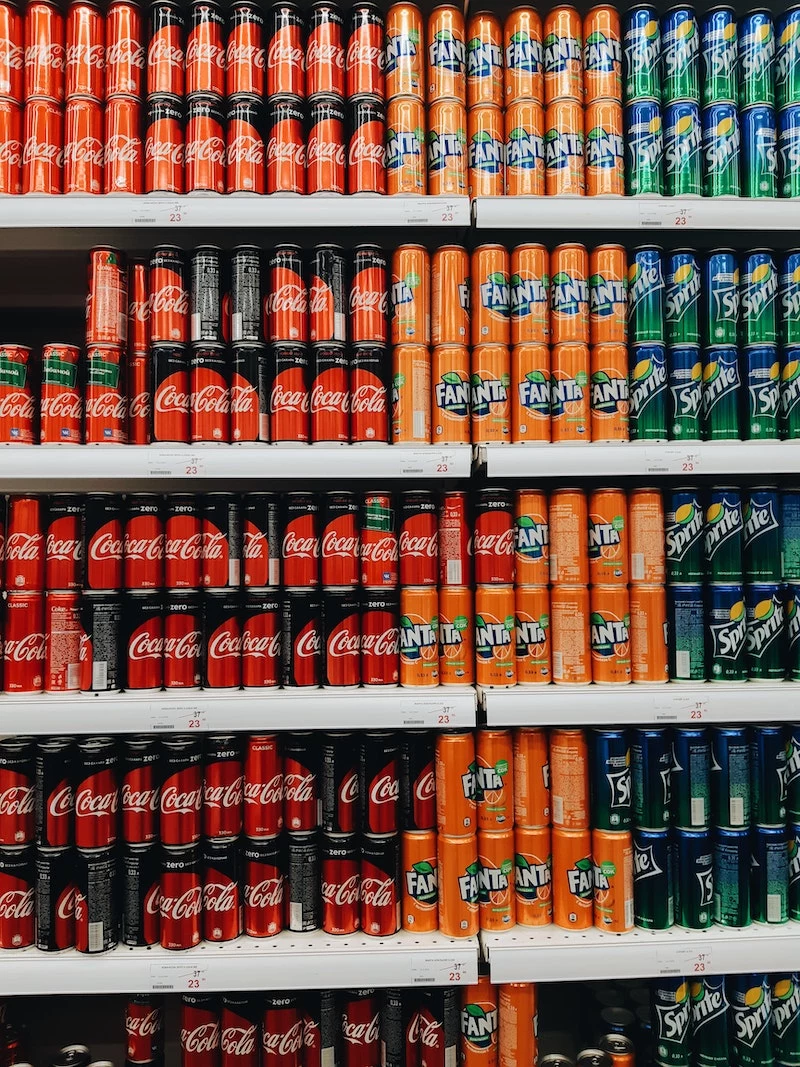
Coffee, Tea, and Alcohol
Plain black coffee and unsweetened tea aren’t a huge problem for cavities, but they do stain. The real issue is what we add: sugar, syrups, and creamers. Sipping a large, sweetened coffee for two hours is a continuous acid bath for your teeth. Oh yeah, and if you need a sweetener, alternatives like stevia or monk fruit are better because they don’t feed the acid-producing bacteria.
Alcohol delivers a one-two punch. First, many drinks are sugary and acidic (think wine or cocktails with juice and soda). Second, and more importantly, alcohol dehydrates you, leading to dry mouth. A dry mouth means less protective saliva, creating a perfect breeding ground for bacteria. When drinking, make sure to alternate with glasses of water to stay hydrated.
A quick tip: To combat dry mouth, try chewing sugar-free gum with xylitol. Xylitol is a fantastic sugar substitute because the bad bacteria in your mouth can’t eat it. It essentially starves them, so they can’t produce acid. Brands like Spry or Trident are easy to find.
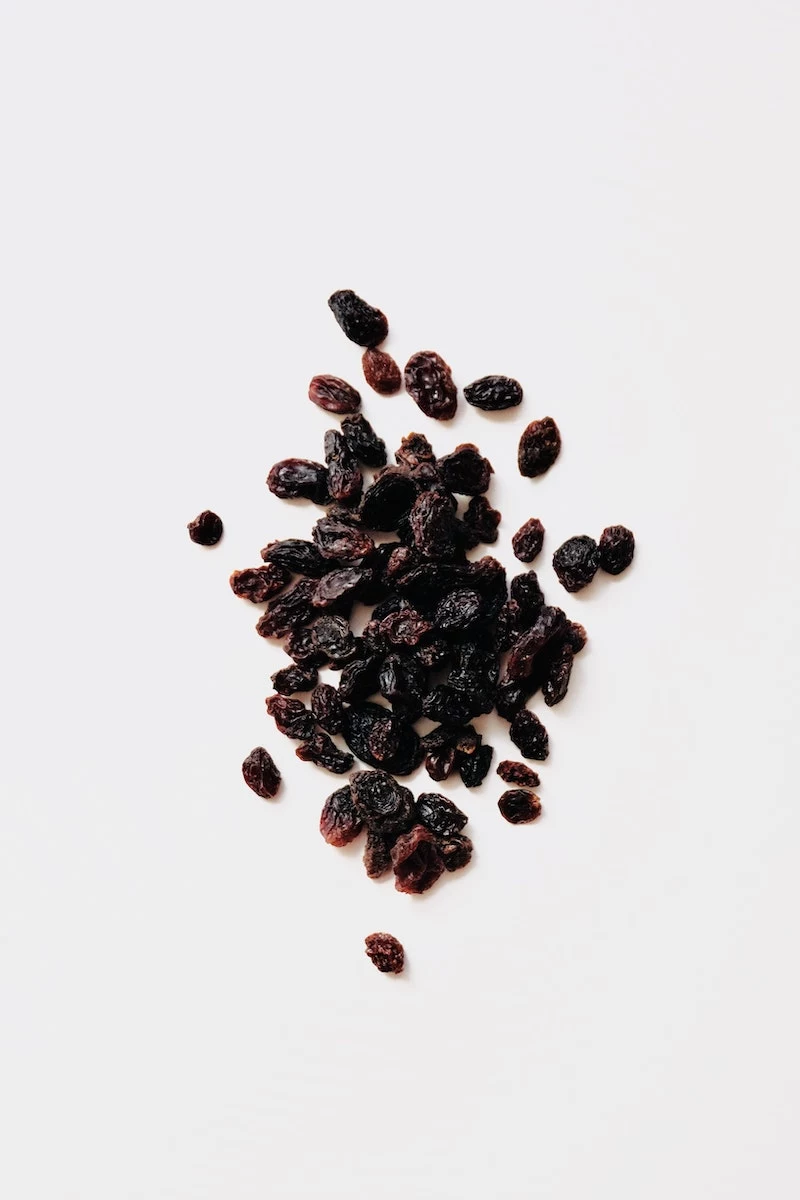
“Healthy” Foods That Can Fool You
Some of the most surprising damage I see comes from foods people think are good for them. This is where knowing the “how” really matters.
Dried fruits like raisins, apricots, and fruit leathers are a perfect example. The drying process concentrates the sugar and makes them incredibly sticky—they’re basically nature’s caramel. They get lodged in the grooves of your teeth and provide a long-lasting buffet for bacteria. Fresh fruit is always a better choice because its water content helps rinse away sugar.
Citrus fruits are another one. A trend that makes dental pros cringe is people sipping lemon water all day. While it might have other benefits, it’s a constant acid wash for your teeth that can lead to irreversible enamel loss, sensitivity, and a yellowed appearance as the darker layer beneath the enamel shows through.
The Physical Threat: It’s Not Just About Acid
Sometimes, the damage isn’t chemical. It’s pure physics.

Chewing ice is a shockingly common habit. It’s just sugar-free water, so what’s the harm? The harm comes from forcing a brittle crystal structure (your enamel) against an unyielding object (ice). This can create tiny craze lines (micro-cracks) in your teeth or, worse, cause a piece of your tooth to completely break off.
And this habit can get expensive, fast. A simple filling for a small chip might run you $150-$300. But if you fracture a cusp and need a crown to hold the tooth together? You’re suddenly looking at a bill between $1,200 and $2,500. It’s a huge price to pay for a little crunch. Just don’t do it. Be careful with other hard foods, too, like un-popped popcorn kernels.
Okay, Enough Bad News: What Should You Eat?
Let’s flip the script. Instead of just avoiding things, let’s talk about foods that actually help your smile. Think of these as your oral health allies.
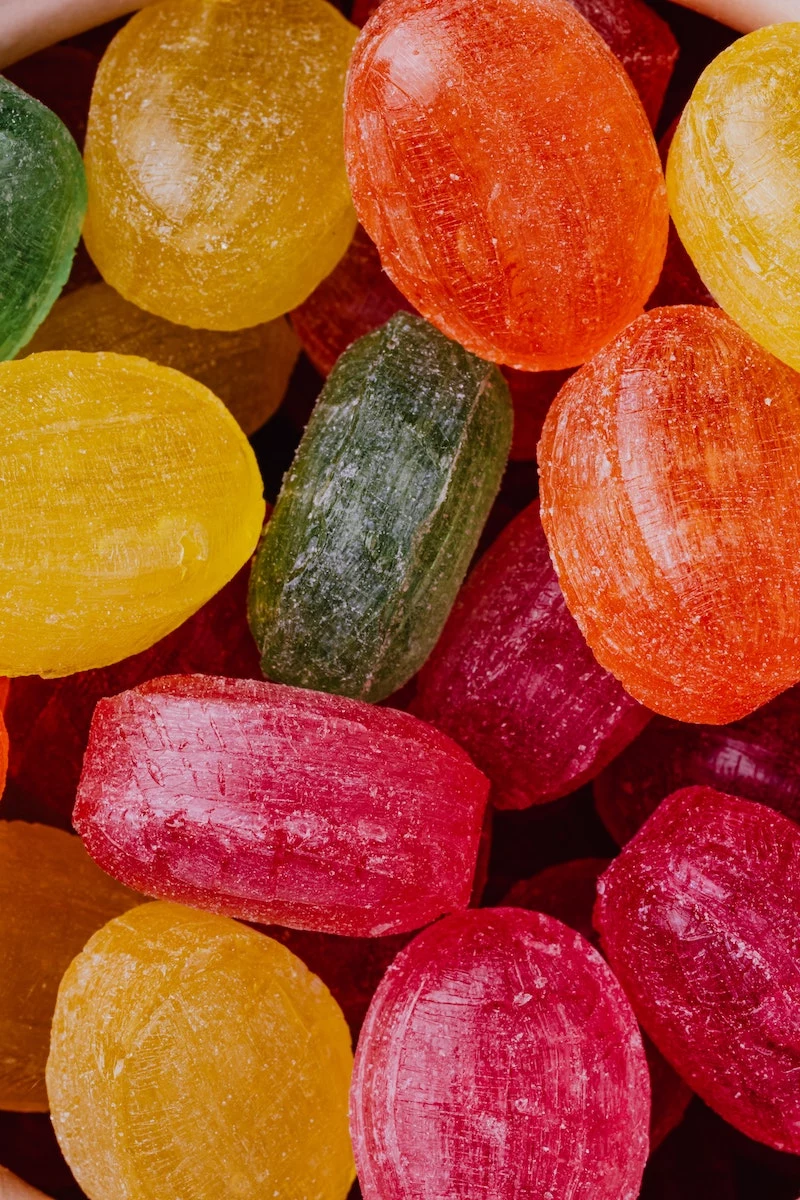
- Crunchy Veggies and Fruits: Things like carrots, celery, and apples act like natural toothbrushes. Their fibrous texture scrubs plaque from your teeth as you chew, and all that chewing stimulates saliva flow.
- Cheese and Dairy: Cheese is fantastic for your teeth. It’s packed with calcium and phosphates that help remineralize your enamel. Plus, it helps raise the pH in your mouth, neutralizing acid after a meal. Yogurt and milk are great, too (just watch out for sugary versions).
- Nuts: Almonds, for example, are a great source of calcium and protein and are low in sugar. Chewing them also gets that saliva working.
Your Smart Smile Game Plan
Knowledge is power, but only if you use it. You don’t need to be perfect, you just need a smart strategy. Here are the habits that make the biggest difference.
1. Focus on Frequency. It’s less about what you eat and more about how often you eat it. Confine sugary or acidic items to mealtimes instead of snacking on them all day. This gives your teeth hours to repair themselves in between.

2. Here’s a quick win you can start today: After any meal, drink, or snack, just swish your mouth with plain water for 30 seconds. That’s it. You’ve just neutralized acid and rinsed away debris. Easy!
3. Time Your Brushing. As I mentioned, wait at least 30 minutes after anything acidic before you brush. Give your saliva time to work its magic first.
4. Build a Smile-Friendly Shopping List. Next time you’re at the store, grab these essentials. You can find them at any Target, Walmart, or pharmacy. Get a soft-bristled toothbrush, an ADA-approved fluoride toothpaste (any major brand like Crest or Colgate will do), and some xylitol gum (like Spry or Trident). For a real upgrade, a water flosser is a fantastic investment for cleaning between your teeth.
5. Don’t Skip Your Cleanings. Your toothbrush can’t remove tartar (hardened plaque). A professional cleaning does. Plus, your dental team can spot issues when they are small, easy, and inexpensive to fix. It’s the most important investment you can make in your long-term health.

My hope is that this inside look empowers you. Your daily choices truly shape the future of your smile, and by being a little more strategic, you can keep it healthy for life.










